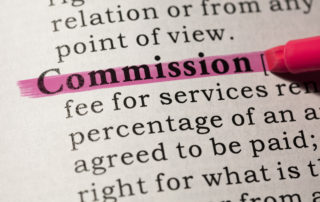Sharing Agency Performance Goals—It Changes Everything
If you’re operating your agency with the goal of achieving the performance metrics of 55/25/20 recommended by the AMI, it’s easy to see in any given month just how well the agency is performing. Those three numbers should be the basis to guide your decisions on everything from personnel to pencils. Setting goals is great, sharing agency performance goals though, that has the power to change everything. One of the most important questions agency owners should be asking themselves is a simple one: How many of your agency staffers understand or are even aware of those numbers and how they drive a healthy, sustainable enterprise? Is it just a few—perhaps your finance person and your number one key executive? That’s the most common answer, and it’s also a big mistake. As an owner, if you’re hesitant to educate everyone in the agency about the numbers, you’re literally managing with one hand tied behind your back. Here’s how sharing agency performance goals changes everything, empowers your team, and sets an exciting path for the future. Sharing Agency Performance Goals—Financial Transparency Fuels a Growth Mindset In coaching sessions I have with agency owners, one of the first things I want to uncover is the owner’s comfort level with financial transparency. If the owner is new to AMI, I’ll take them though the metric; 55 percent of adjusted gross income (AGI) is the target for the agency’s fully loaded compensation, 25 percent utilized for overhead, and 20 percent profit. For those who already know the formula, I work to understand just how deep this foundational knowledge runs throughout the agency. As an agency owner for 30+ years, I get the hesitancy about “opening the kimono.” A common concern [...]









